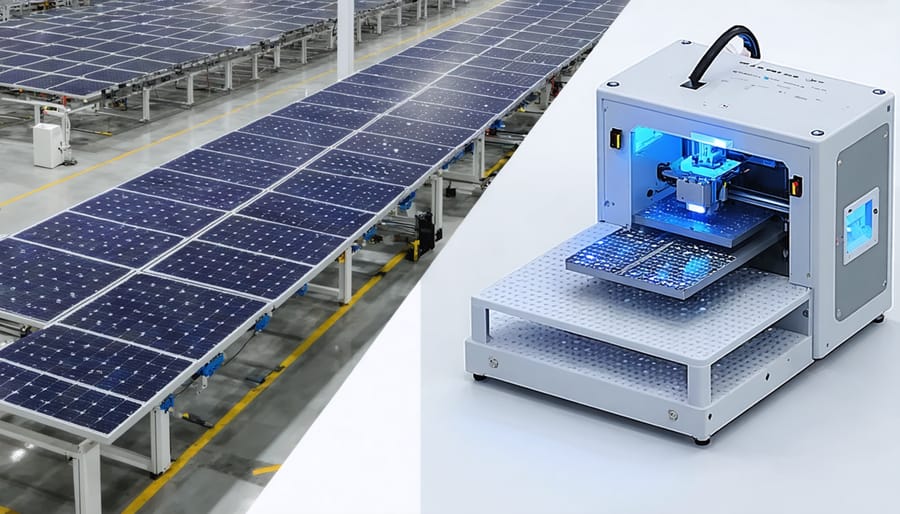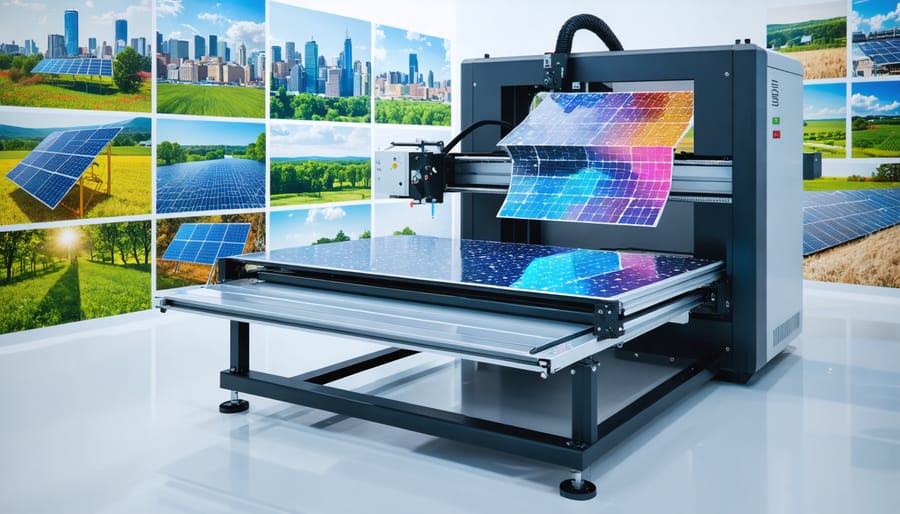The convergence of 3D printing and solar energy is revolutionizing not only the renewable energy sector but also the future of global manufacturing. 3D-printed solar panels offer the potential to dramatically reduce costs, accelerate production, and bring sustainable energy to even the most remote corners of the world. But how exactly will this technology reshape manufacturing as we know it?
The convergence of 3D printing and solar energy is revolutionizing not only the renewable energy sector but also the future of global manufacturing. 3D-printed solar panels offer the potential to dramatically reduce costs, accelerate production, and bring sustainable energy to even the most remote corners of the world. But how exactly will this technology reshape manufacturing as we know it?


Traditional solar panels require extensive raw materials, specialized labor, and long assembly times. In contrast, 3D-printed solar panels use additive manufacturing to layer photovoltaic materials with precision—automatically, efficiently, and with minimal waste. Advanced 3D printers can now deposit conductive inks, organic solar cells, and flexible substrates to create lightweight, customizable solar cells that can be produced on-demand.
With 3D printing, solar panels can be manufactured directly at the point of need—whether that's a factory, a rural school, or even on-site at a disaster relief zone. This decentralizes the traditional manufacturing process, making it faster and more scalable.
Manufacturing solar panels via 3D printing reduces labor, transport, and raw material costs. Factories will no longer need massive assembly lines or large inventories—just digital files and smart materials.
3D printing allows for design flexibility. Panels can be shaped to fit specific rooftops, vehicles, or wearables. This opens the door for integrated solar solutions in consumer electronics, automotive, and even clothing industries.
3D printing enables localized manufacturing, empowering smaller businesses and communities to produce solar panels based on need. This is especially important for remote regions or developing countries, where importing solar tech can be expensive and time-consuming.
Less waste, fewer emissions, and recyclable materials make 3D-printed solar panels greener to produce. This aligns perfectly with the goal of clean energy generation.

While the technology is still evolving, researchers are already pushing limits with organic solar inks, perovskite materials, and flexible substrates. The next frontier is fully automated solar manufacturing farms where 3D printers produce and install panels autonomously.